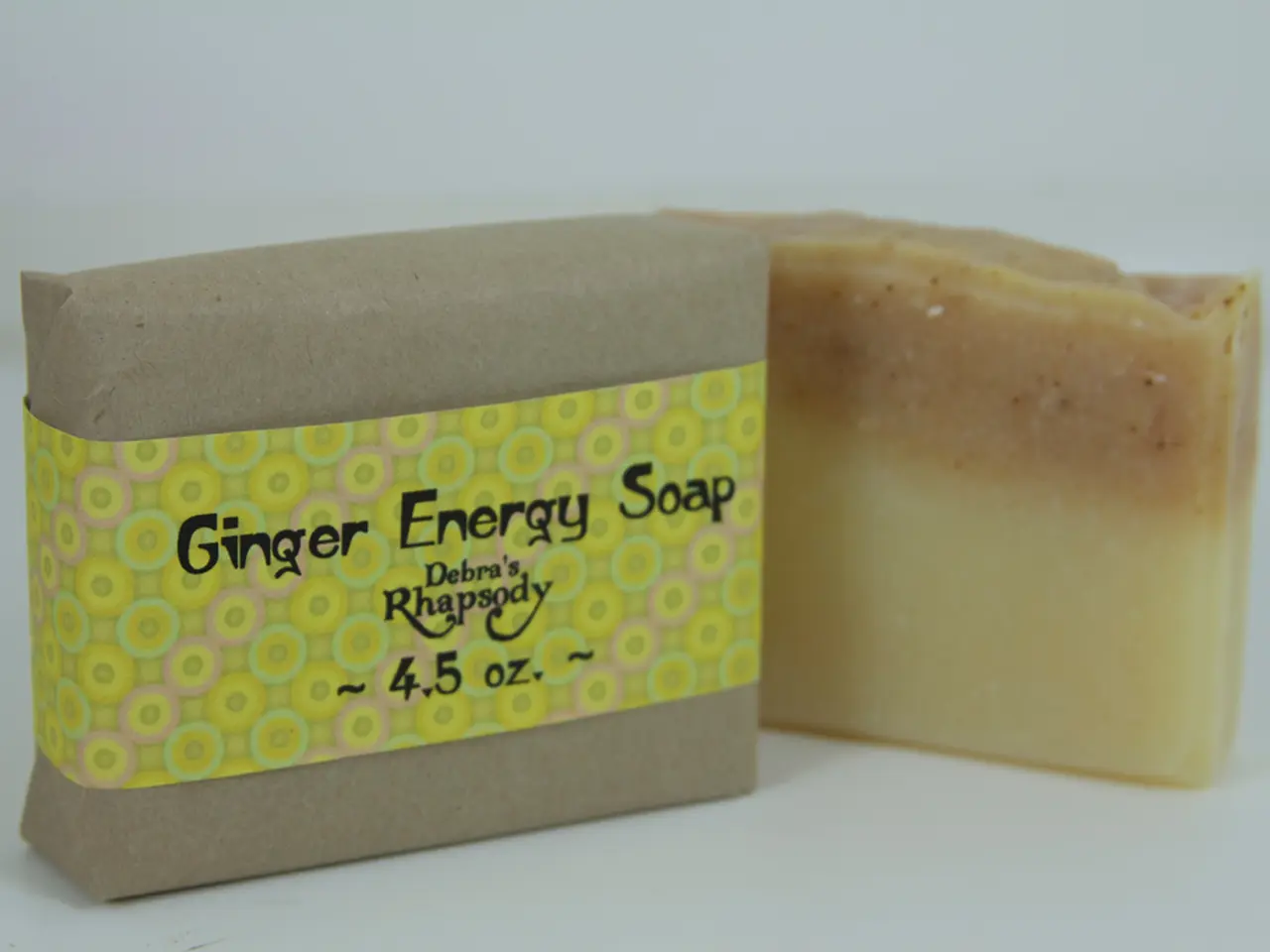Tips for Capturing Outstanding Vocal Performances
**Improving Home Vocal Recordings: Essential Tips for Aspiring Musicians**
Recording high-quality vocals at home can be a rewarding yet challenging experience. To help you navigate this process, we've compiled a list of effective tips to ensure your recordings sound professional and polished.
**Optimize Your Recording Environment**
Creating a controlled environment is crucial for reducing unwanted reflections and background noise. Use items like thick curtains, rugs, and foam panels to absorb sound, and choose a quiet space, such as a closet or room with minimal external noise.
**Invest in Quality Equipment**
Investing in quality equipment is essential for capturing clear and crisp vocal recordings. Use a high-quality microphone suitable for vocals, such as a condenser or dynamic mic, and an audio interface to connect your microphone to your computer. Don't forget a pop filter to reduce harsh "p" and "b" sounds, and a pair of headphones for monitoring your recordings in real-time.
**Record with Best Practices**
Position the microphone about 6 to 8 inches from your mouth, slightly off-center to reduce plosives. Set recording levels so they don't max out, leaving headroom for mixing and processing. Create a recording template in your DAW for consistency and efficiency.
**Understand Your Equipment and Software**
Familiarize yourself with your digital audio workstation (DAW) and vocal production software. Learn basic mixing techniques to balance your vocals within the track and experiment with different settings to find what works best for your voice.
**Experiment and Improve**
Record different takes and experiment with mic placements and settings to find what works best for your voice. Use tools like noise reduction software to improve the quality of your recordings.
**Additional Tips**
- Adjust the gain setting to manage the signal level during recording. - A little bit of compression can improve the voice inside the headphones, helping the singer to relax and be more comfortable. - Set up a good headphone mix, including instrument levels, vocal levels, and adding a little reverb to the voice. - If the vocal parts have louder sections causing the preamp to distort, a little compression may be needed. - Check if your microphone or mixing desk has a pad switch to reduce the signal level being recorded. - When setting up compression, aim for 3-4dB gain reduction, an attack of 10-25ms, a release of around 150ms, and a ratio of 2:1. - Limit the number of takes to 4 or 5 to avoid overdoing it. - Be aware of latency issues and timing problems when using software reverb inside a computer. - Be aware that once compression is added, it cannot be removed.
By following these tips, you can significantly enhance the quality of your home vocal recordings and take your music to the next level. Happy recording!
- To further refine your home vocal recordings, consider investing in a high-end microphone stand and pop shield for additional flexibility and comfort during recording.
- Establishing a consistent and organized workflow can impressively streamline your music production lifestyle, ensuring seamless collaboration and improved efficiency in your home studio.
- Stay updated on the latest technology trends and advancements in home-and-garden equipment, audio gear, and entertainment software to maximize your home recording capabilities.
- Collaborate with like-minded musicians and producers to exchange techniques, learn new strategies, and expand your creative horizons in the realm of music production and entertainment.
- Embrace your newfound journey as a home studio enthusiast, as this hobby can transform into a fulfilling and engaging lifestyle that offers endless creativity and skill-building opportunities.




